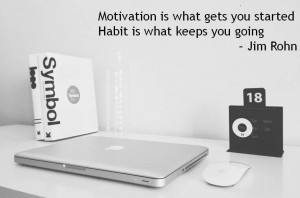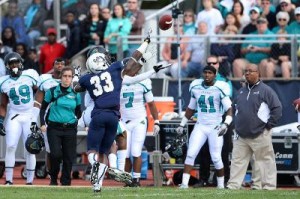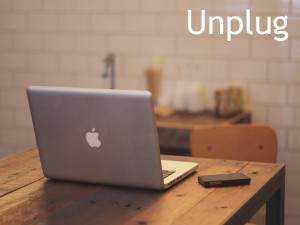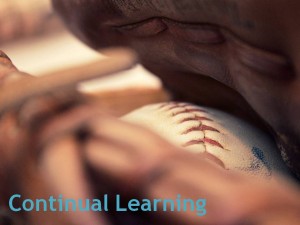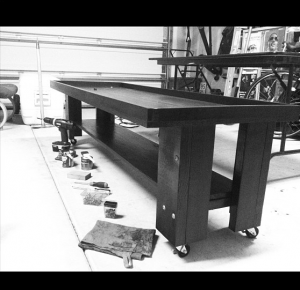As we continue to build on Epic Day Outdoors we’ve shifted our focus a number of times in search of the correct match of technology, user experience, and customer acquisition. Do we focus on advertising after we get eyeballs or do we focus on selling to the eyeballs themselves? Should we build a great product then monetize it or should we set up a business model and then refine it?
All questions we’ve debated and tested since we began this venture in August. But now we’ve hit our stride. No more noodling, it’s time to get laser focused on this project. Travis (my partner) did some great work and found us a great piece of technology that allows us to engage with our users on another level in order to drive them to our website. Since figuring this out we’ve had our best week ever in terms of web traffic and now it’s time to throw some coals on that fire. All this being said, I am going to focus on how to train our users how to engage with us. 
If that sounds odd, think about a visit to Starbucks: come in to place that looks familiar, it has the same smells, the same aprons, and the same cheery baristas. When an order is placed, it’s placed in the exact same sequence each time:
- Hot/Cold
- Size
- Beverage
- Wet/Dry
- Strength (Espresso)
- Milk/Creamer choice
- Additions
The regulars know this, but if it’s a user’s first time experience the baristas help out by repeating the order for the consumer after the order has been determind to help clarify the purchase. The next time the customer will know to just repeat, “Double Tall Cappuccino Extra Dry” instead of pecking around on the menu. It’s not rude or degrading to people, it’s used by the staff to keep Starbucks baristas efficient and effective at their jobs so no time is lost making coffee and the consumer gets exactly what they want as soon as possible.
Travis and I are now challenged with setting up the sequence of interaction with our consumers for Epic Day Outdoors. We will spend significant time testing and experimenting with ways to reach out to people and get them to our site in the coming weeks. After we’ve determined what works best, as Starbucks has done, we’ll solidify our position and help make it easier for our users to interact with us and get the experience they desire.
Customer training is essential to many businesses, how can we improve user experience by training them to make us better?

